Keywords
Drug release, Polymer blends, Polyvinyl acetate polymer, Ethylene vinyl acetate copolymer, Paracetamol
Introduction
The term “drug delivery systems’’ refers to the technology utilized to direct the drug to the desired body site for drug release and absorption. Controlled drug system demonstrates these phenomena with some controls which can determine the spatial and temporal parameters of drug in the body. This release system w`as devised to enhance efficiency of drug release and improve manufacturing quality of drug. Additionally it shepherd drug to the desired site of action while decreasing drug exposure elsewhere in the body. There are several mechanisms to illustrate control drug release system that may be through one step or through various stages [1]. The general consensus is that Zero order or constant rate release of drug [2]. According to the profile of plasma concentration during the period of some drug release as represented in Figure 1, it exposure for rapid release dosage forms which including increase in the concentration of drug followed by a decrease. This dramatically change is marked with two types of concentrations as (MTC) which is a minimum toxic concentration and (MEC) which is a minimum effective concentration respectively [3].
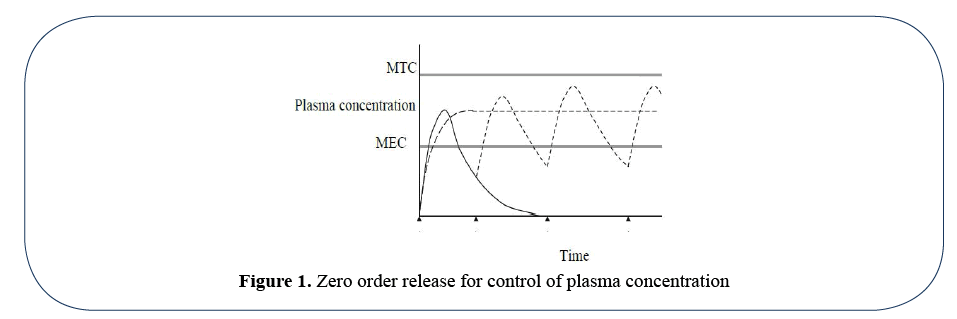
Figure 1. Zero order release for control of plasma concentration
For overcoming this drawback, zero order release has been investigated for controlling the concentration of drug in plasma. Specific materials were used for a achieving this goal such as polymer blends. Blends are formed from two different polymers or more which differ from each other in some properties although all should be non-toxic [4]. There are many blends which have smart and new properties which are more different than the properties of start polymers; these properties include biocompatibility and biodegradability of controlled drug delivery products [5], prolong the drug release time to achieve continuous release to aid the patient’s compliance and decrease the frequency of dosage take is one of the most important roles of controlled drug delivery and blends formation [6-9]. There are various polymers which were used for these application such as poly (ethylene vinyl acetate) (EVAc) [10-12]. EVAc are available with different vinyl acetate content (VA) up to 40% in the chemical structure of the copolymer as shown in scheme (1). The incorporation of (VA) monomer into backbone of poly EVA copolymer affect the mechanical and physical properties including degree of crystallinity (Scheme 1).

Scheme 1. Synthesis scheme of ethylene vinyl acetate copolymer (EVA)
The presence of vinyl acetate comonomer will also affect the diffusion or solubility of fine particles or molecules within EVA and its compatibility with other polymers. Thus, the incorporation of poly vinyl acetate to EVA can be suggested to raise the potential of drug release systems in pharmaceutical application. Many objectives established to investigate EVAc copolymer effect in drug release system such as the release properties of etonogestrel from polyethylene vinyl acetate (EVA) based coaxial fibers [13]. And also the effect of surfactants Tween 60 (Tween) and Cremophor RH 40 on the release rate of nystatin from ethylene vinyl acetate (EVA) copolymer. Also, the influence of drug loading on the rate of release of nystatin, chlorhexidine diacetate and acyclovir from EVA has been studied [14]. Besides the potential of EVA as a matrix carrier for oral sustained release dosage forms produced via hotmelt extrusion was evaluated to characterize the different aspects of EVA copolymers [15,16]. Also, develop a new injection-molded intravaginal insert manufactured from ethylene-vinyl acetate containing progesterone for a 7-day insertion period in cattle has been developed [17]. EVA has been used in transdermal delivery systems (TDDS) for many years [18,19] as one of the most important application of EVAc copolymer. In this work, different EVA and poly vinyl acetate blends will be prepared by varying EVA to poly vinyl acetate ratios. This sophisticated system was applied for enhancement of cumulative drug release amount through ethylene vinyl acetate (EVA) membranes and the effect of incorporation of poly vinyl acetate into EVA. Paracetamol (Figure 1) was used as the drug template. The XRD analysis, SEM and FTIR of samples will be used to shows the nature of blending and dispersion of drug in the poly vinyl acetate and EVA blend (Structure 1).
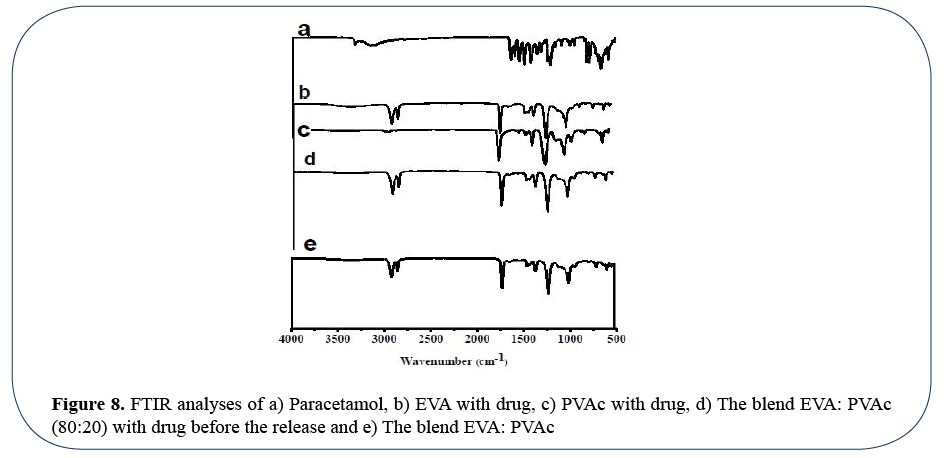
Structure 1. Paracetamol structure, (C8H9NO2)
Materials and Methods
Materials
Ethylene vinyl acetate copolymer (EVA) (Levapren®_40w, 400 with a vinyl acetate (VA) content of 40 W% BASF, Germany. Poly vinyl acetate was obtained from Henan Huikang Industrial Corporation, China. Paracetamol drug (C8H9NO2) from IEC Pharma Company. All other chemicals were analytical grade and were used without any further purification.
Swelling Measurements
The swelling behavior of the blends was studied at different pHs [20]. The pH values of the medium were adjusted to simulated gastric pH=1.2 and intestinal fluids pH=7.4 in human body, respectively. Definite weights of blends were immersed in bi-distilled water. After reaching the equilibrium swelling, the beads were taken out and blotted with soft paper tissue to remove the water may exist on the surface, and then weighted. The swelling ratio (SR) for each sample was calculated by using following Equation (1):

Where Wd and Ws represent the weights of blends before and after swelling, respectively.
Preparation of the Blends
EVA and PVA were dissolved separately in a suitable amount of methylene chloride and both were mixed together at a temperature about 38°C with mixing speed 30 rpm for 2 hrs using magnetic stirrer to facilitate the dissolution of calculated amount of paracetamol. Different blend ratios (100:0, 80:20, 50:50, 20:80, and 0:100) was used. The Blend solution containing paracetamol was casted in silicon dishes for film formation, and then the solvent was allowed to evaporate to get the dry samples.
In vitro Paracetamol Release
The drug release experiments was carried out by immersing definite weights of blends in 50 ml distilled water at pH 1.2 and 7.4 in suitable bottles. The bottles were conditioned at a required temperature of the normal human body “37°C” in thermostatic water bath. The drug release may be intermittent or cumulative [21] as given below:
Intermittent drug release: The release of paracetamol was measured every 24 h for two weeks. The fresh media were replaced until maximum release attained.
Cumulative drug release: In this case at the predetermined time interval, 5 ml release medium was taken out and the fresh medium with same volume was added to the bottle to keep the volume unchanged. The amounts of paracetamol released from the blends in the two types of release were determined using Shimadzu UV-VIS double beam spectrophotometer at wavelength 248 nm [22]. The average of three measured values was considered. Results were presented in terms of cumulative percentage release as a function of time using the following Equation (2):

Methods of Analysis
For characterization of blends, different equipment’s were used such as:
i) Scanning electron microscope (SEM), Mansoura University, was utilized for examination of the morphology of the EVA and poly vinyl acetate blends films using (JEOL JSM-6510LV) operating at 20 kV accelerating voltage. Surface of the sample films were coated with a thin layer of gold (3.5 nm) by the vacuum evaporation technique to minimize blend films charging effects due to the electron beam.
ii) X-ray diffraction (XRD), Alexandria University, Egypt, was carried out using the device with PW 150 (Philips) and radiation of Ni filtered Cu with λ=1.540 Å a t 40 kV, 30 mA. The measurements were operated in the reflective mood in the range of 2θ counting for 0-60° for investigation of the crystalline nature of the polymer and the blend.
iii) Fourier transform infrared spectroscopy (FTIR), Mansoura University, was performed using a Perkin Elmer Precisely Multiscope. Very thin samples were placed under the microscope, and microscope photos as well as FTIR spectra of the desired areas were collected. The samples were scanned using a Perkin Elmer Spectrum 100 FTIR spectrometer over 400-4000 cm-1 at a resolution of 4 cm-1.
Results and Discussion
Swelling Measurements
Swelling of the matrix is very important in determining the release of the drug. For this reason the swelling index of the samples has been evaluated. The swelling index measurements in this work show that the incorporation of PVAc increases swelling degree of the blend in water. EVA being more hydrophobic in nature than PVAc generally swells less or shows negligible swelling in water. Incorporation of poly vinyl acetate increases swelling of the blend as mentioned before. The presence of the drug in the blend has practically no effect on the extent of swelling of the system, as the drug is usually present in a relatively in low concentration. The water soluble drug is dissolved in water after swelling and creates more free paths in the polymer blend after release thereby increasing the release ratio. It is worth mentioning that swelling ratio is pH-dependent which can be observed from results shown in Table 1. From this table it is shown that the swelling increases in the presence of phosphate buffers at pH 7.4 more than in case of acidic pH as 2.1 at most cases. This result confirms the applicability of tested EVA/PVAc blend system especially for the blend (20:80) EVA: PVAc and the blend (50:50) EVA: PVAc which have higher swelling ratios in the release of drugs. These drugs are dissociated in gastrointestinal fluids such as insulin. Ideally, insulin remains associated with polymer system in gastric conditions, and it is only released in the intestine as intestinal pH value is 7.4 where the absorption potential is optimal [23].
Table 1. Swelling degree for the samples at pH 7.4 and 1.2
| Sample |
Swelling ratio (SR %) at pH 7.4 |
Swelling ratio (SR %) at pH 1.2 |
| EVA+drug |
0 |
1.12 |
| PVAc+drug |
26.06 |
20 |
| Blend (50:50) EVA:PVAc+drug |
9.35 |
0 |
| Blend (80:20) EVA:PVAc+drug |
3.35 |
4.84 |
| Blend (20:80) EVA:PVAc+drug |
16.63 |
5.7 |
In vitro Release of Paracetamol
In vitro releases, cumulative drug release of the blend systems are shown in Figures 2 and 3 while intermittent drug release is given in Figures 4 and 5. The blends displayed various release profiles depending on their composition. The blend having more amount of poly vinyl acetate showed maximum release when compared to other blends. Thus, it has been found that the release rate can be regulated by controlling the amount of poly vinyl acetate in the blend. Release of the drug from blend is governed by several factors such as pore size in the matrix, nature and molecular weight of the drug and solvent type, etc. The release of the drug molecules into water may occur in two mechanisms for release – Firstly, interaction forces between polymer chains gets weaker on exposure to water and the drug molecules gets more comfortable path way to move and enter the solution. Secondly, the drug release will be easier when water molecules diffuse through the polymer blend, dissolve the drug and make the release faster. The rate of release depends completely on how the polymer interacts with the solution according to the two ways of release as shown above. The important factor is the increasing of poly vinyl acetate polymer content in the blend. This result emphasis with the nature of poly vinyl acetate as more hydrophilic polymer than EVA and amorphous, which decreases the crystallinity of the whole blend and leads to increase pathways in the structure which support the release efficiency.

Figure 2. Cumulative drug release at pH 7.4
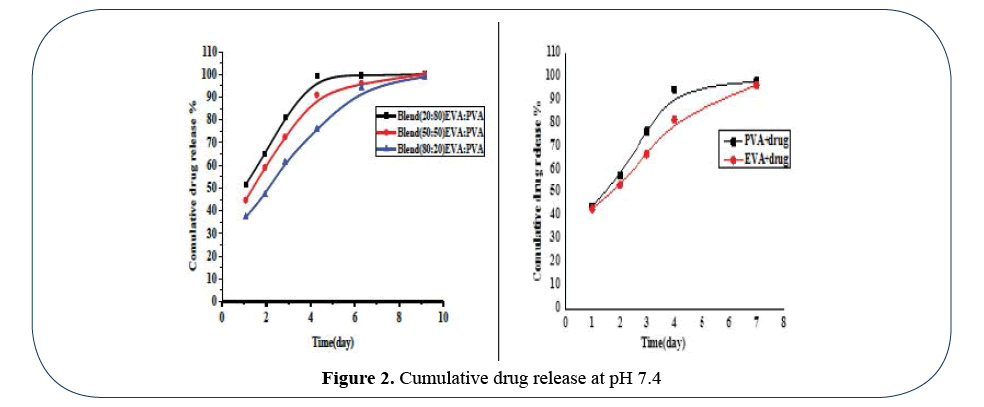
Figure 3. Cumulative drug release at pH 1.2
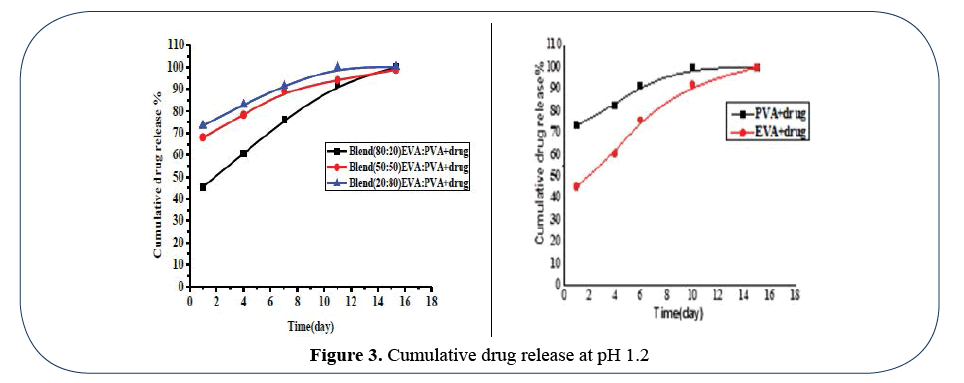
Figure 4. Intermittent drug release amount at pH 7.4
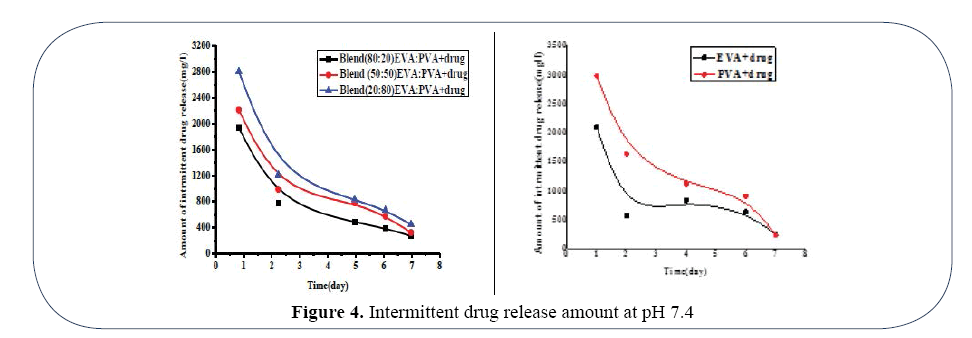
Figure 5. Intermittent drug release amount at pH 1.2
The Kinetics of release show that the amount of the released drug increases in the first period up to 10-days. After that the release is always the same almost and attains to the maximum after 14-days. This means that, at the initial stage there is a remarkable amount of the drug may exist on the surface which is easily released. The second stage, if diffusion/dissolution mechanism for the release occurs. This phenomenon is shown practically for all investigated blends.
Characterization Techniques
To prove that paracetamol drug has been released from the blend, the samples were subjected after release to scanning electron microscope (SEM). SEM photos of the surfaces of the blend 80:20 EVA/PVAc blend with and without the drug is shown in Figures 6a and 6b which represent the fine structure of the blend not containing paracetamol before and after drug release. The pictures show that no difference between them. However, Figure 6c shows the blend surface morphology containing the drug. It shows that the distribution of drug particles on to the surface of the blend before release, while Figures 6d and 6e show the surface after release in pH 7.4 and 1.2 respectively. These Figures display the cavities and pores that exist on this surface due to drug release.
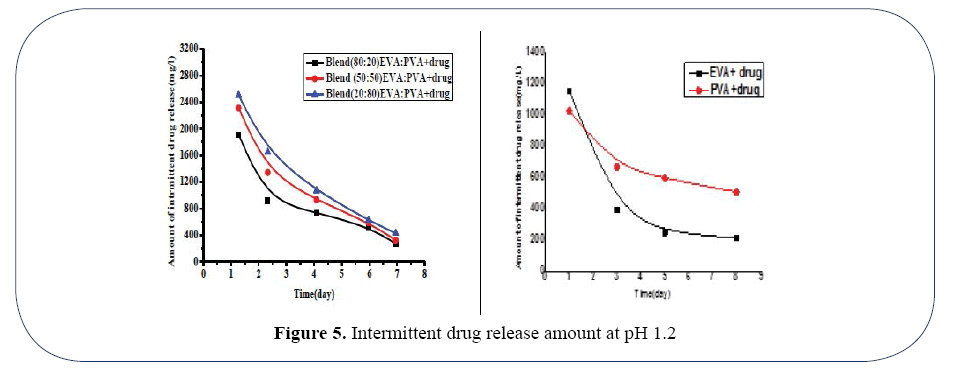
Figure 6. SEM micrograph of blend (80:20) EVA: PVAc before and after without paracetamol (a) Before rinsing in medium and (b) After rinsing in medium in pH 7.4 for 2 weeks, and blend (80:20) EVA: PVAc with paracetamol (c) Before release and (d) After release in pH 7.4 (e) After release in pH 1.2 for two weeks
This type of release occurs according to two steps. Firstly dissolving of drug particles on the surface of the blend in buffer solution and then diffusion/dissolution mechanism occur leaving pores and voids.
XRD spectra showed that the distinctive peak for EVA is highly broad in case of PVAc as the polymer is amorphous in nature. In contrast in the presence of EVA in the blend the peaks appeared as shown in Figure 3 which reflects the degree of crystallinity. The intensity of the peaks increases with increasing EVA content in the blend. The blend (80:20) EVA: PVAc has the sharpest peaks than in (20:80) blend which has the lowest EVA content at 2 theta around 20. This is due to the crystalline nature of EVA. These results indicate that drug release increases for the last one according to the hydrophilicity and the amorphous nature of PVAs. The addition of poly vinyl acetate also increases the hydrophilicity of the blend and thus affects the solubility/diffusivity of fine molecules within the blend. Thus, as the crystallinity of the medium increases the release of the drug from the matrix decreases (Figure 7).
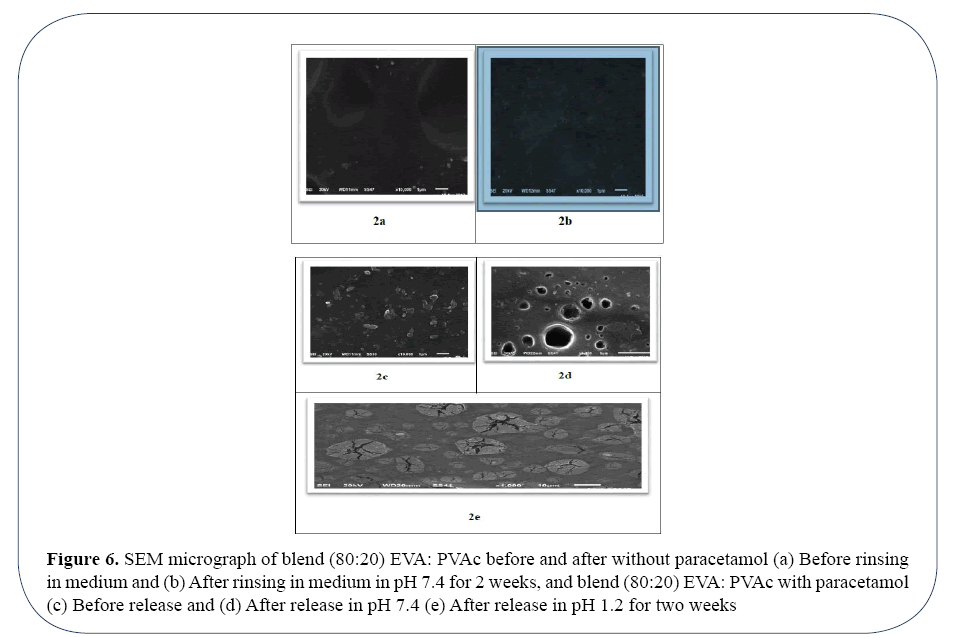
Figure 7. XRD analyses of the blends 1) PVAc:EVA(80:20), 2) BlendPVAc:EVA (20:80) and 3) PVAcpolymer
FTIR spectra display the characteristic peaks of paracetamol which are represented in Figure 4a showed the bands at 3322 cm-1 and 3159 cm-1 corresponding for O-H and CH3 stretching. Also the absorption peaks at 1368-1328 cm-1 and 1260-1227 cm-1 were assigned to symmetrical bending in C-H and C-N (aryl) stretching. Furthermore, absorption peaks at 1171 and 965 cm-1 were referred to C-O stretching and C-N (amide) stretching, respectively. Vibrational peaks at 838 and 514 cm-1 were referred to para-disubstituted aromatic ring and out of plane ring deformation of phenyl ring, respectively.
As Figures 4b and 4c show the spectra of EVA with drug and PVAc with the drug samples respectively, where Figures 4d and 4e (display the spectra of (80/20) w/w EVA/PVAc blend with drug before and after release of drug respectively. Peaks assigned to vinyl acetate (VA) content are 1740 cm-1, 1240 cm-1, 1020 cm-1 and 610 cm-1 and can be referred to absorbance of ethylene groups at 2920 cm- 1, 2850 cm-1, 1470 cm-1 and 720 cm-1 24. All the spectra show strong absorbance peaks around 2850 and 2918 cm–1 that are associated with the C–H asymmetric stretching of the polymers. The peak representing the vibration of the –C=O ester of the carboxyl group appears at 1750 cm–1 EVA25 and EVA/PVAc blend (Figure 8).
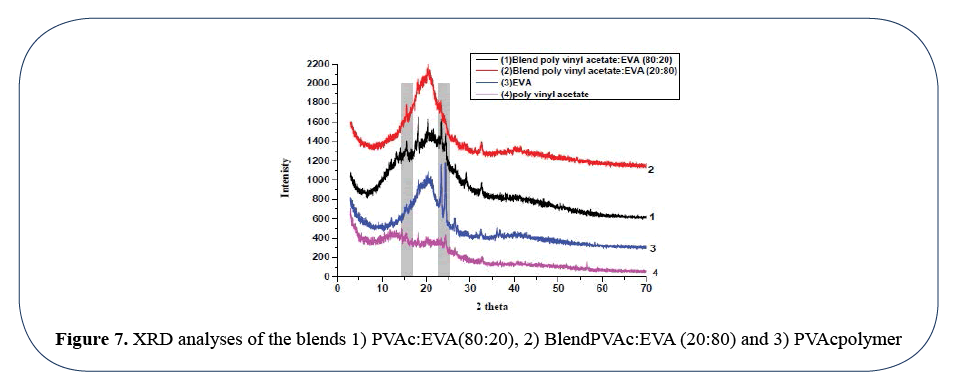
Figure 8. FTIR analyses of a) Paracetamol, b) EVA with drug, c) PVAc with drug, d) The blend EVA: PVAc (80:20) with drug before the release and e) The blend EVA: PVAc
Conclusion
New investigated ethylene vinyl acetate copolymer and poly vinyl acetate (EVA/PVA) blend have illuminated an excellent stability, versatility, process ability in the controlled release of selected oral administrated drugs as paracetamol which act as Hypothermia drug. Desired release profiles can be achieved with proper modifications for the drug systems discussed in current work. Promising results have been reported in vitro drug release studies for cumulative and intermittent drug release amount for different accessibilities. EVA-based systems have clear great potential in controlled release of drugs for oral administration.
References
- Siegel RA, Rathbone MJ. Overview of controlled release mechanisms. Fundamentals and Applications of Controlled Release Drug Delivery. 2012;19-43.
- Siepmann J, Siegel RA, Rathbone MJ. Fundamentals and applications of controlled release drug delivery. Advances in Delivery Science and Technology. 2011.
- Saltzman WM. Drug delivery: Engineering principles for drug therapy. Oxford University Press. 2001.
- Bae YH, Kim SW. Hydrogel delivery systems based on polymer blends, block co-polymers or interpenetrating networks. Advanced Drug Delivery Reviews. 1993;11(1-2):109-135.
- Shen Y, Sun W, Zhu K, et al. Regulation of biodegradability and drug release behavior of aliphatic polyesters by blending. J Biomed Mater Res. 2000;50(4):528-535.
- Nishio Y, Manley RJ. Cellulose-poly (vinyl alcohol) blends prepared from solutions in N, N-dimethylacetamide-lithium chloride. Macromolecules. 1988;21(5):1270-1277.
- Kim J, Kim JY, Lee YM, et al. Properties and swelling characteristics of cross? linked poly (vinyl alcohol)/chitosan blend membrane. Journal of Applied Polymer Science. 1992. 45(10):1711-1717.
- Miura K, Kimura N, Suzuki H, et al. Thermal and viscoelastic properties of alginate/poly (vinyl alcohol) blends cross-linked with calcium tetraborate. Carbohydrate Polymers. 1999;39(2):139-144.
- Kumar HN, Prabhakar MN, Prasad CV, et al. Compatibility studies of chitosan/PVA blend in 2% aqueous acetic acid solution at 30 C. Carbohydrate Polymers. 2010;82(2):251-255.
- Cui L, Ma X, Paul D. Morphology and properties of nanocomposites formed from ethylene-vinyl acetate copolymers and organoclays. Polymer. 2007;48(21):6325-6339.
- Zhang WA, Chen D, Zhao Q. Effects of different kinds of clay and different vinyl acetate content on the morphology and properties of EVA/clay nanocomposites. Polymer. 2003;44(26):7953-7961.
- Kenawy R, Bowlin GL, Mansfield K, et al. Release of tetracycline hydrochloride from electrospun poly (ethylene-co-vinylacetate), poly (lactic acid) and a blend. Journal of Controlled Release. 2002;81(1-2):57-64.
- Van Laarhoven JA, Kruft MA, Vromans H. Effect of supersaturation and crystallization phenomena on the release properties of a controlled release device based on EVA copolymer. J Control Release. 2002;82(2-3):309-317.
- Tallury P, Randall MK, Thaw KL, et al. Effects of solubilizing surfactants and loading of antiviral, antimicrobial and antifungal drugs on their release rates from ethylene vinyl acetate copolymer. Dent Mater. 2007;23(8):977-982.
- Almeida A, Possemiers S, Boone MN, et al. Ethylene vinyl acetate as matrix for oral sustained release dosage forms produced via hot-melt extrusion. Eur J Pharm Biopharm. 2011;77(2):297-305.
- Almeida A, Brabant L, Siepmann F, et al. Sustained release from hot-melt extruded matrices based on ethylene vinyl acetate and polyethylene oxide. Eur J Pharm Biopharm. 2012;82(3):526-533.
- Cappadoro AJ, Luna JA. Development of an injection molded ethylene-vinyl acetate copolymer (EVA) intravaginal insert for the delivery of progesterone to cattle. Anim Reprod Sci. 2015;158:104-108.
- Tiwary AK, Sapra B, Jain S. Innovations in transdermal drug delivery: Formulations and techniques. Recent Pat Drug Deliv Formul. 2007;1(1):23-36.
- Kim J, Kim WJ, Kim SJ, et al. Release characteristics of quinupramine from the ethylene-vinyl acetate matrix. Int J Pharm. 2006;315(1-2):134-139.
- Serrano-Medina A, Cornejo-Bravo JM. Buffer effects on drug release kinetics from acidic hydrophobic gel discs. J Mex Chem Soc. 2011;55(1):2-6.
- Liu X, Lei L, Hou JW, et al. Evaluation of two polymeric blends (EVA/PLA and EVA/PEG) as coating film materials for paclitaxel-eluting stent application. Journal of Materials Science: Materials in Medicine. 2011;22(2):327-337.
- Sinha S, Rajput MS. Validated simultaneous multicomponent spectrophotometric determination of Paracetamol, Aceclofenac and Tizanidine in tablets. International Journal of Chemical and Technology Research. 2011;3(2):963-966.
- Sarmento B, Ribeiro A, Veiga F, et al. Oral bioavailability of insulin contained in polysaccharide nanoparticles. Biomacromolecules. 2007;8(10):3054-3060.
- Meszlenyi G, Kortvelyessy G. Direct determination of vinyl acetate content of ethylene-vinyl acetate copolymers in thick films by infrared spectroscopy. Polymer Testing. 1999;18(7):551-557.
- Dikobe D, Luyt A. Morphology and properties of polypropylene/ethylene vinyl acetate copolymer/wood powder blend composites. Polymer. 2009;3(3):190-199.













